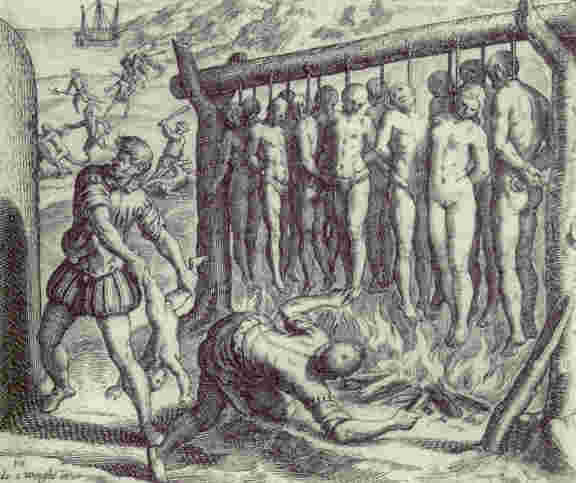At the library, I picked up Amir Alexander's "Infinitesimal - How a dangerous mathematical theory shaped the modern world". This was because the dust jacket began thusly:
"ON AUGUST 10, 1632, five men in flowing black robes convened in a somber Roman palazzo to pass judgment on a deceptively simple proposition: that a continuous line is composed of distinct and infinitely tiny parts. With the stroke of a pen the Jesuit fathers banned the doctrine of infinitesimals, announcing that it could never be taught or even mentioned. The concept was deemed dangerous and subversive, a threat to the belief that the world was an orderly place, governed by a strict and unchanging set of rules. If infinitesimals were ever accepted, the Jesuits feared, the entire world would be plunged into chaos".
I knew that it took a long time for mathematics to be able to deal with the infinitesimal and the infinite with any kind of rigor, but that it invited religious opposition was something new to me.
Inside the book, I quickly come across that the Jesuits felt it necessary to "denounce indivisibles again in 1643 and 1649. By 1651 they had had enough: determined to put an end to unauthorized opinions in their ranks, the leaders of the Society produced a permanent list of banned doctrines, that could never be taught or advocated by members of the order. Among the forbidden teachings, featured repeatedly in various guises, was the doctrine of indivisibles."
A bit earlier in the book, the author tells us:
"Yet, useful as it was, and successful as it was, the concept of the infinitely small was challenged at every turn. The Jesuits opposed it; Hobbes and his admirers opposed it; Anglican churchmen opposed it, as did many others. What was it, then, about the infinitely small that inspired such fierce opposition from so many different quarters? The answer is that the infinitely small was a simple idea that punctured a great and beautiful dream: that the world is a perfectly rational place, governed by strict mathematical rules. In such a world, all things, natural and human, have their given and unchanging place in the grand universal order. Everything from a grain of sand to the stars in the sky, from the humblest beggar to kings and emperors, is a part of a fixed, eternal hierarchy. Any attempt to revise or topple it is a rebellion against the one unalterable order, a senseless disruption that in any case is doomed to failure."
"But if the paradoxes of Zeno and the problem of incommensurability prove anything, it is that the dream of a perfect fit between mathematics and the physical world is intenable. On the scale of the infinitely small, numbers do not correspond to physical objects and any attempt to force the fit leads to paradoxes and contradictions. Mathematical reasoning, however rigorous and true on its own terms, cannot tell us how the world actually must be. At the heart of creation, it seems, lies a mystery that eludes the grasp of the most rigorous reasoning, and allows the world to diverge from our best mathematical deductions and go its own way -- we know not where."
---- The problem of the incommensurable is "no matter how many times you divide each of the lines {of the side of the square and its diagonal which are in the ratio of 1:sqrt(2)}, or how thinly you slice them, you will never arrive at a magnitude that is their common measure". "Why are incommensurables a problem for indivisibles? Because if lines were composed of indivisibles, then the magnitudes of these mathematical atoms would be a common measure for any two lines. But if two lines are incommensurable, then there is not common component that they both share, and hence there are no mathematical atoms; no indivisibles."
----
Zeno's paradoxes all also have to do with the infinite and the infinitesimal.











